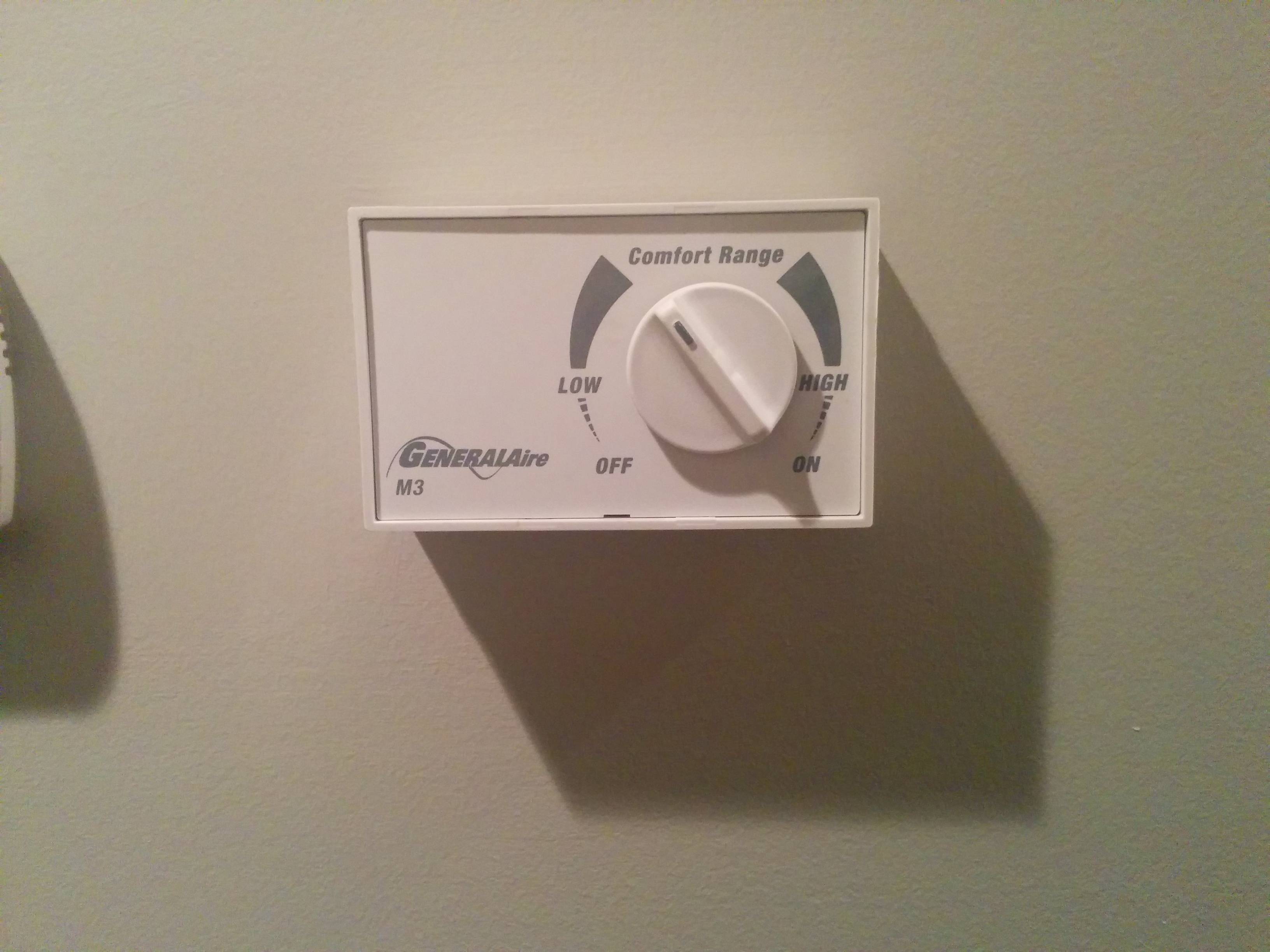You asked a basic question of how to set the humidity level on the humidistat itself. The easy answer is a table that is printed right on the face of my humidistat. It's easier to use than subtracting outside temp from inside temp.

The magic of not using an indoor temp is they just assume a comfortable indoor temp (probably around 68-72F) and build a table based on that and outdoor temps.
The humidistat is not the only control however. Most forced air systems use a "flow-thru" humidifier. The other control then is an Air Damper that controls the volume of air that is re-circulated during humidifier operation. (There are a few models in a another class this may not apply to, but virtually every humidifier I've actually seen installed is the "flow-thru" type.)

This pic is a typical "Flow-thru" type humidifier. When in operation warm air is fed from the duct entering on the left. The air is pushed thru a water panel, and back into the return air side of the furnace.
For the humidifier to work the air duct must be open. The knob on the left side of the second picture is fully open when the knob is on high. Low on the other hand is not "low" but essentially fully closed.
In the winter to add humidity to the air, both the humidistat must be set high enough where it's calling for humidity AND the air damper must be open.
In the summer, you want the opposite. Turn OFF the humidistat and CLOSE the air damper, so that the Air Conditioning will have maximum effect. (Air conditioning by nature DE-humidies or removes water from the air-- so you don't want to be adding water to the air just before the air is cooled.)
Three more thoughts:
1) You're probably thinking, how inconvenient to be adjusting the humidistat's setting frequently based on the outdoor temp swings. The bottom line... You don't really need to. In practice, just setting it around 30 or 40 and leave it the whole winter works out just great. The reason is that if you keep the fan (on the thermostat) on the "auto" setting, the humidifier itself will only run when the furnace comes on. If the temp is warmer outside it doesn't run much and not much humidity is added, as its colder outside it gets a chance to run more and add humidity, at the same time doors are opening and closing and letting in cold dry air. In the end it all averages out.
2) There is a disposable part in humidifiers. The water panel needs to be replaced every couple years. A worn out water panel will waste more water than it will add humidity to the house.
3) The water must be on, and the system can't be plugged up. When you switch the humidifier on the first time each year, test it. Let is run long enough that you know water is coming out the drain hose. I've seen cases where the water valve is either shut off, or orifice is plugged with calcium deposit and water won't flow. (The orifice location varies by make and model, sometimes it's part of the solenoid valve on the humidifier other times its a little plastic part with just a pin hole for water to flow thru--It's what regulates the water flow to a tiny trickle.)





